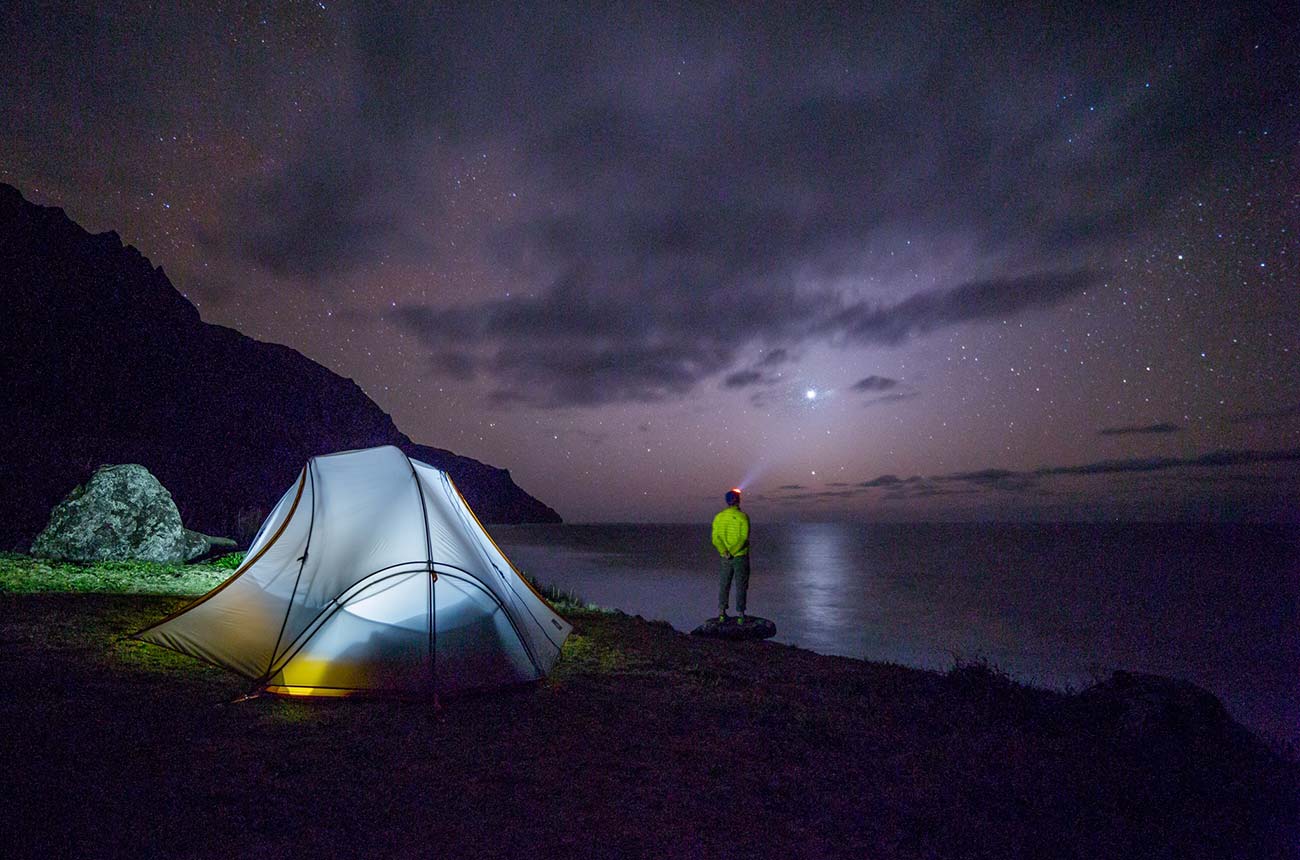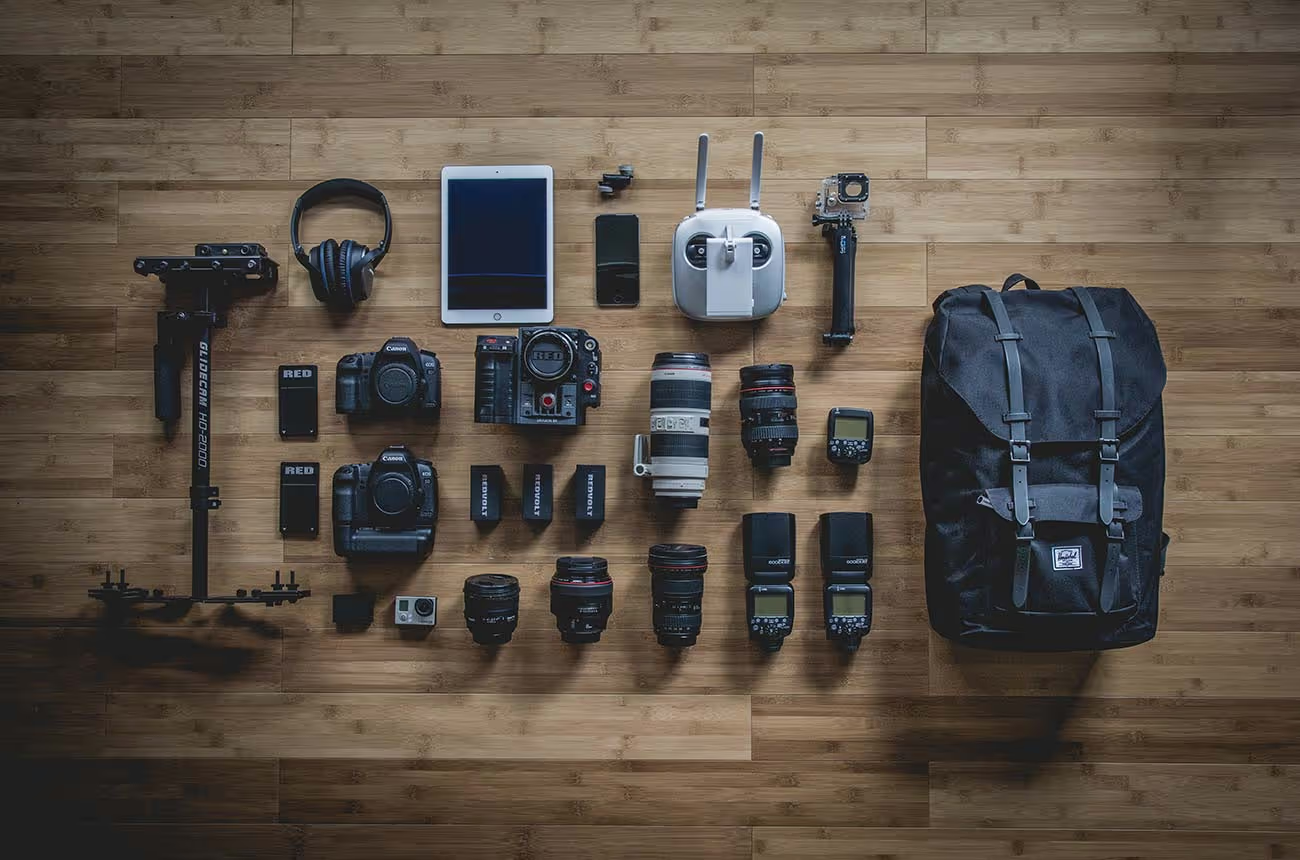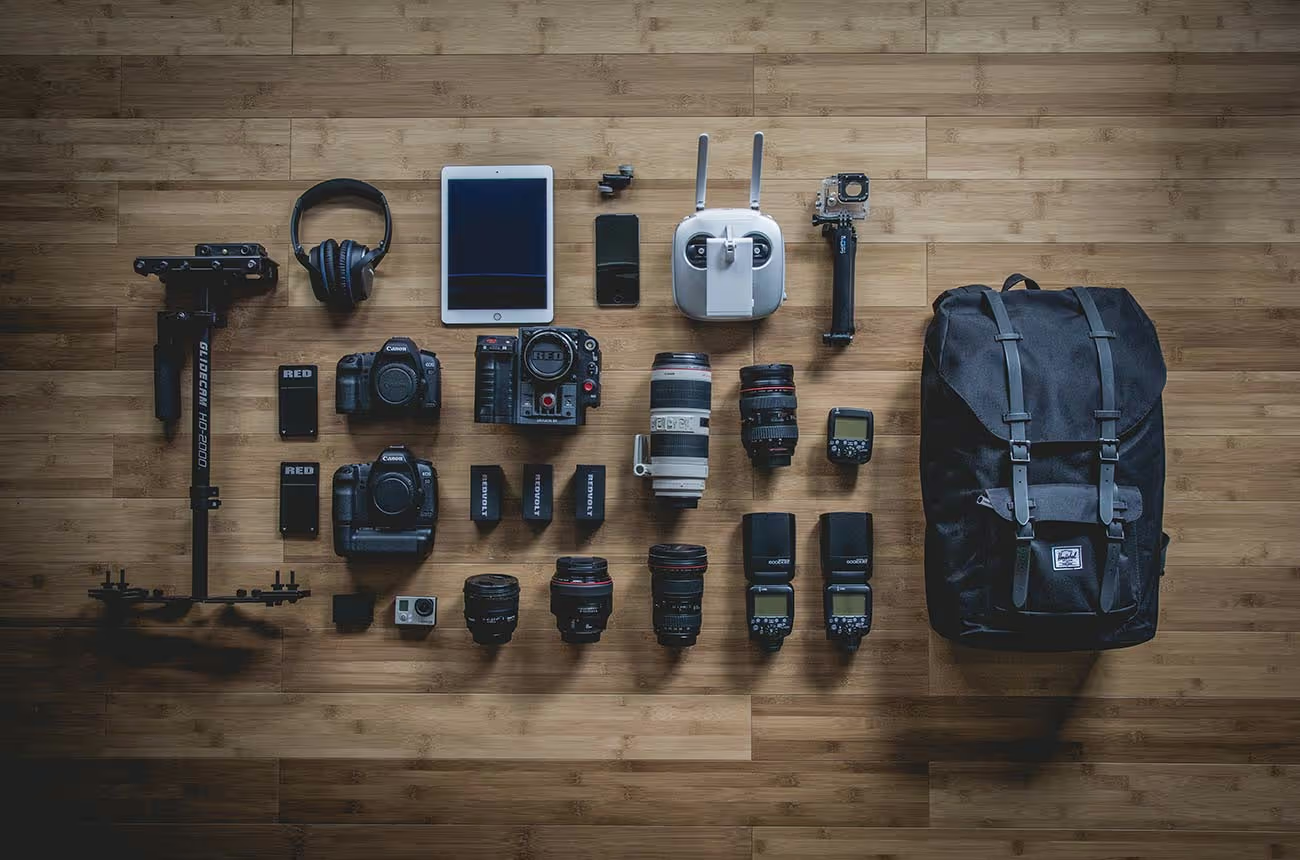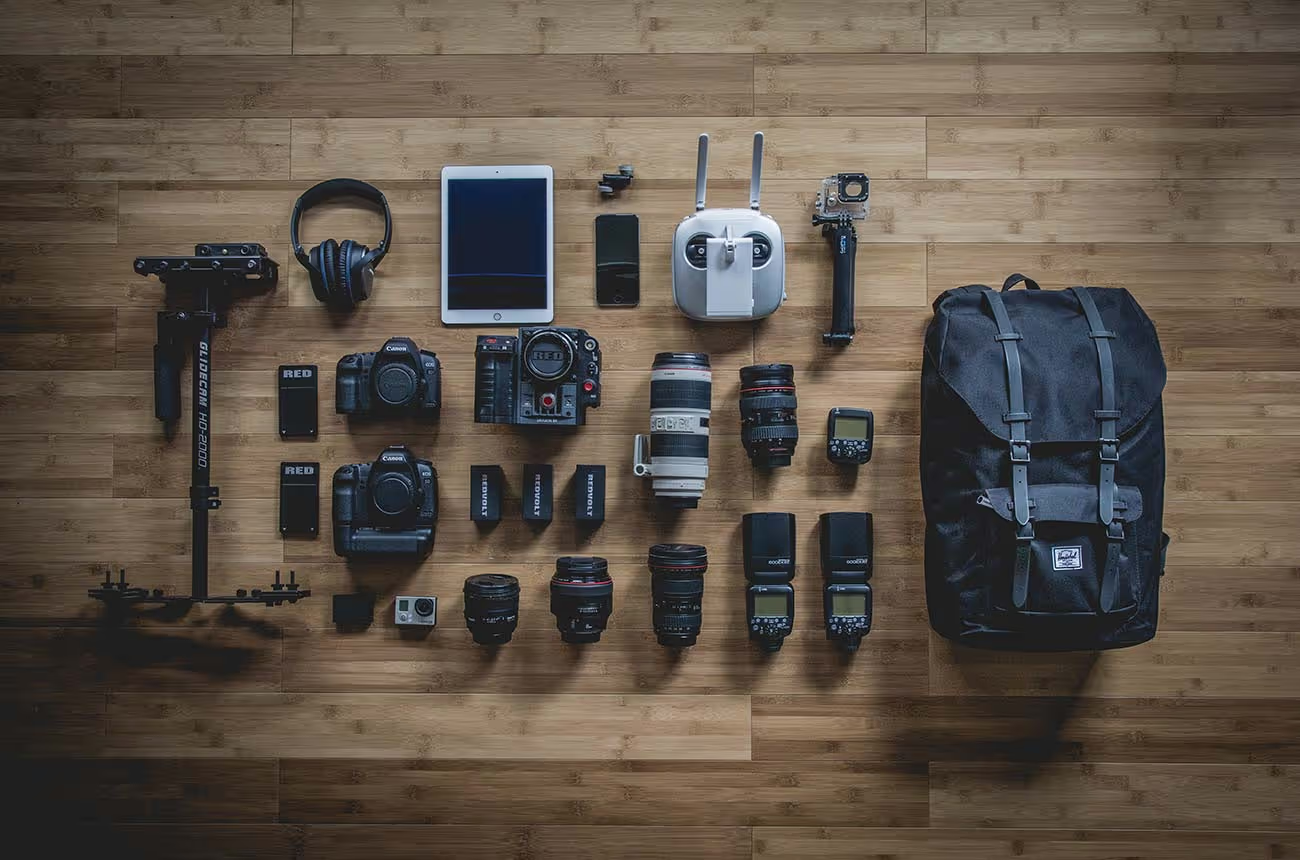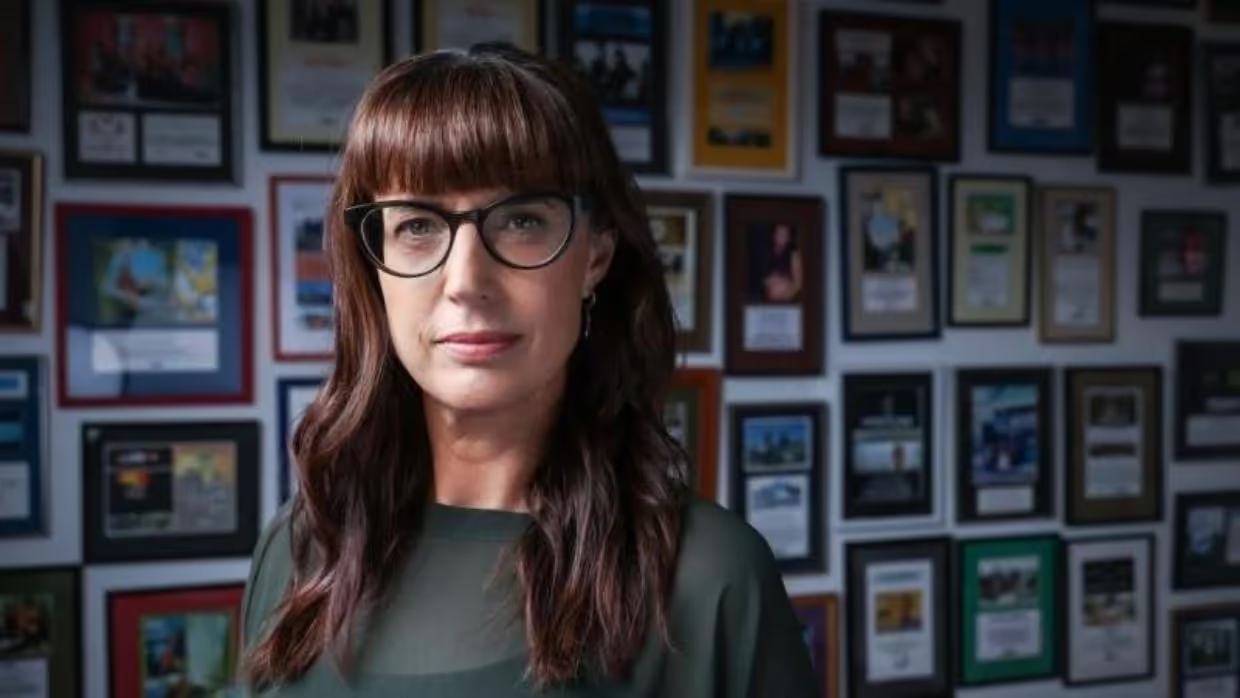
‘Hardest I’ve ever known it’: NZ’s screen sector faces its toughest test in years
See article from Stuff describing a golden era and abundant supply of jobs.
“During Covid, you could walk out of film school and get a job in a week,” says Christian Gower, president of the Screen Industry Guild that represents crews.
Fast-forward five years, and The Post is aware of graduates still looking for entry-level positions since they finished school last summer. But it’s not just them: senior professionals across disciplines, including one who spoke to The Post with more than two decades of experience, have found themselves sitting idle amid a major drop in production.
The lull has many workers questioning whether they can sustain careers in screen in New Zealand, and threatens to damage the country’s cultural fabric and reputation.
“I’ve been doing this for 30 years. ... This is the hardest I’ve ever known it. I’m receiving more CVs than ever, and from people who I haven’t heard from in years because they’ve always had work – really experienced, talented, senior people,” says Rachel Antony, chief executive of Auckland-based production company Greenstone TV.
So how did the script flip so sharply, and what can be done?
The numbers
There is data that proves the decline across our international, domestic and commercial screen markets.
In the financial year to date, seven international productions have registered with the Film Commission, six of which have registered for the post, digital and visual effects rebate versus live-action shoots.
While post-production work is highly skilled and valuable, it generally calls for fewer location-based roles like camera, lighting, costume and set construction, and less spend on accommodation, security, transport, hospitality, catering and local services that live-action productions create.

Even though 14 major international productions began principal photography during the last financial year in New Zealand, which is slightly up from 13 the year before, this “masks a broader downturn in the sector ... with many crew and suppliers reporting significantly reduced business year-on-year,” a spokesperson for the Film Commission says.
At NZ On Air, the amount of applications for funding it’s received has dropped steadily since 2021, as has the amount of projects that have actually got money, even accounting for an inflated number of applications across 2022-24 via the scuppered Public Interest Journalism Fund.
In 2020/21, NZ On Air approved 218 projects for funding out of 732 applications. In the 2024/5 year, just 156 got funding from a pool of 376 applications.
Over the past year, NZ On Air has also observed a reduction in local commissioning from both Three and TVNZ, says its head of funding Amie Mills.
Just under two years ago, Screen Producers NZ estimated that since Aotearoa’s main two television networks TVNZ and Three made cuts in response to plummeting ad revenue, about $50 million came out of local production spend.
What else caused the slump?
A range of complex, inter-related factors are affecting the drop in production.
On the international front, more generous production incentives elsewhere ‒ particularly those offered by Australia, our closest neighbour ‒ make selling New Zealand as a production destination an ongoing challenge, and means our rebate no longer carries the same influence.
A major report this year didn’t list New Zealand among the top 10 global filming destinations that executives prefer.
We currently offer a 20% rebate for films that spend more than $15m in New Zealand, while TV productions must spend at least $4m. A further 5% is available for productions that spend more than $30m, meaning the maximum return on investment is 25%.
We also offer a non-competitive 20% rebate for international productions that choose New Zealand for post-production, digital or visual effects work.
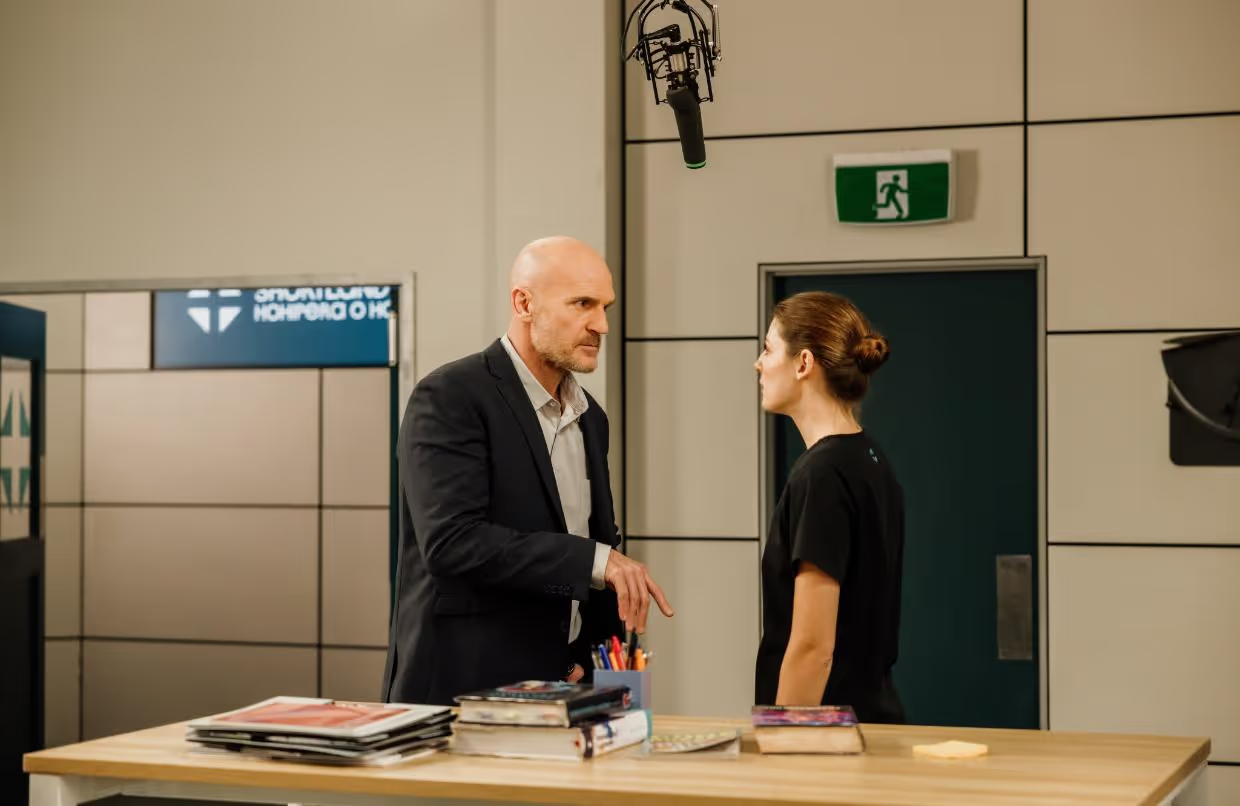
Australia’s location rebate aggressively increased in 2024 to 30% for large budget productions of more than AUD$50m, with some state governments adding up to 15% on top of that. Its post-production rebate is 30%.
As another example, Ireland’s tax credit this year increased to 40% for lower budget films that spend under €20m.
New Zealand is not alone in experiencing a drop in international production ‒ most major markets including the United States, Canada and the United Kingdom are dealing with cost-cutting, tighter budgets, ongoing repercussions from the writers’ and actors’ strikes in Hollywood, the growing impact of artificial intelligence, and uncertainty from US president Donald Trump’s unsettling comments that he’d impose a 100% tariff on foreign-made movies.
On the domestic front, audience fragmentation and a significant drop in ad revenue have both contributed to a decline in locally-made TV productions, as platforms feel the financial squeeze and commission less original content. Think Warner Bros Discovery cancelling The Block NZ, which would have provided jobs for many production assistants and helped to fill the work year.
NZ On Air’s Mills says increasingly, it’s seeing content that was previously solely commercially funded, now needing NZ On Air funding, “which is putting greater pressure on our finite funds”. One key example of this is Shortland Street.
It was also observing a reduction in local commissioning for shorter form, smaller-scale online series’ ‒ the types of productions on which emerging talent have historically been able to secure work more easily.
“We’re keenly aware it is a tough environment for the sector, and continue to engage with them,” says Arts and Media Minister Paul Goldsmith.
The Government was no longer considering merging the Film Commission and NZ On Air, Goldsmith confirmed, though he did note there was a case for “some sort of merger, eventually”.
“I’m conscious of the distraction, time and energy consumed by structural change and so we will not be pressing ahead immediately.”
Our screen sector generates $3.5B in annual revenue and supports about 24,000 jobs, but beyond that, it reinforces our global reputation, extends our cultural reach and contributes to soft power ‒ supporting trade, diplomacy and tourism.

Solutions
It’s easy and true to say that it would help if the Government raised the rebates, or gave more funding to the Film Commission, NZ On Air or Māori language-content equivalent Te Māngai Pāho, however both of these solutions seem unlikely in the current economic climate.
One idea floated with The Post by multiple industry representatives was to reduce the spend threshold for productions (both international and domestic) to access the rebate, for example from $15m to $10m for international films, to attract more mid to low budget productions.
While Sky TV buying Three’s owner Discovery New Zealand is positive, both that channel and TVNZ are competing with the likes of Alphabet (Google, YouTube) and Meta (Facebook, Instagram), which have suctioned millions out of our local advertising spend, collectively dominate the digital ad market, and operate in a largely unregulated manner.
But earlier this year the Government abandoned legislation that would have further taxed the tech giants’ New Zealand revenues.
The industry has also called for global subscription video service giants like Netflix, Disney and Amazon Prime to have some sort of reinvestment quota, in recognition of their absorption of New Zealand viewers, that would force them to put a portion of their local profits into local programming. Many countries in the European Union already enforce financial obligations on streamers.
While Netflix filmed Sweet Tooth, and Apple filmed Chief of War, in New Zealand, the companies rarely commission local shows.
The Government proposed a quota be introduced for the streamers in February, which the companies unsurprisingly pushed back on.
Goldsmith told The Post this week the Government was still considering its options, and would make announcements in due course.
“There’s so much talk about having to cut-cut-save and nowhere near enough focus on revenue generation. We’re letting millions and millions of dollars haemorrhage overseas while local competitors pay tax. It’s bad business,” Antony says.

But the screen sector says allowing all categories of local screen productions to combine NZ On Air/Te Māngai Pāho funding with the domestic rebate, from 2023, has meant funding bodies are able to support more projects, and meant more productions could go ahead.
The change has, for example, allowed Greenstone TV to make a second season of Happiness, the musical comedy that had its first season acquired by HBO Max in Australia and PBS in the United States.
This shows that further tinkering with our rebate settings ‒ if not the eligibility amounts, but to make it more accessible ‒ could have great effects.
The Film Commission says it’s working closely with the Ministry for Business, Innovation and Employment to review some of the international rebate criteria.
Industry representatives also told The Post that New Zealand could speed up its lagging reform of the Copyright Act, boost investment in regional screen infrastructure, introduce an export fund to help productions reach overseas markets, and for the sector to consciously decide to provide pathways for young people versus turning towards low quality content (for example, commercials) generated by artificial intelligence.
Reasons for optimism
Despite fears that if the downturn continues, many of our screen workforce could move overseas or into other industries, those spoken to by The Postalso gave reasons for hope.
Locals shows are being picked up for global distribution and winning international awards, including Guy Montgomery's Guy Mont-Spelling Beebeing picked up by the ABC and After The Party being BAFTA-nominated.
South Pacific Pictures’ The Brokenwood Mysteries airs in more than 150 countries, and Kiri and Lou is ever-popular children’s programming worldwide. My Life is Murder airs in 90 territories.

Tinā has been the biggest local film in the last 10 years, with more than 400,000 Kiwis seeing it at the cinema, and it now sitting at the number five local film of all time. Other films like Pike River, Mārama, and Mum, I’m Alien Pregnant are all set for release.
The Hunt for Gollum, the first of two new Lord of the Rings movies, is slated to begin filming in Wellington in 2026, while Avatar: Fire and Ash will be released around Christmas this year.
There is also major growth in the co-production space, in which other countries help Kiwi filmmakers to package, finance and produce their projects for a global audience.
The Film Commission says it’s making sure New Zealand is front of mind with major Hollywood studios, and is also building strong connections across India, the UK and Ireland for distribution deals and investment.
It was also exploring opportunities in the Middle East.
And despite the overhanging tax question, social media platforms do allow creatives to connect with audiences and test ideas.
Antony says the industry is agile, adaptable and problem-solving. “There is excellent stuff happening; we just need a lot more of it. ... If we don’t invest in our own stories, no-one else will.”
Article by: Andre Chumko
andre.chumko@thepost.co.nz









